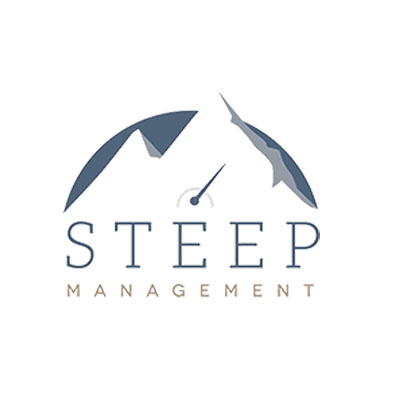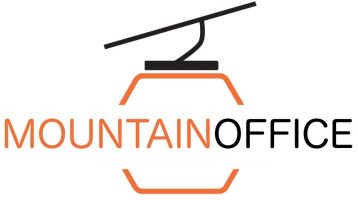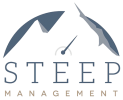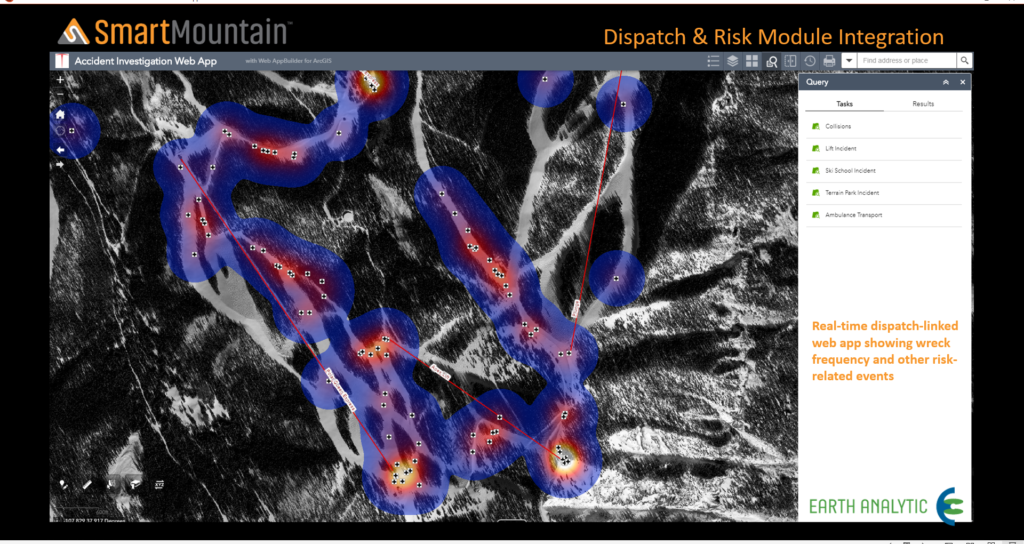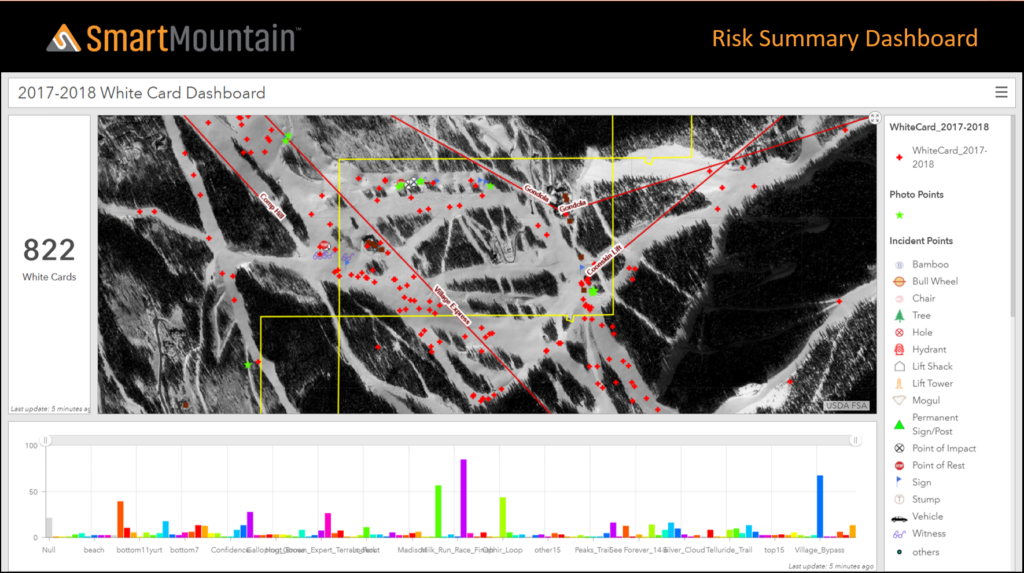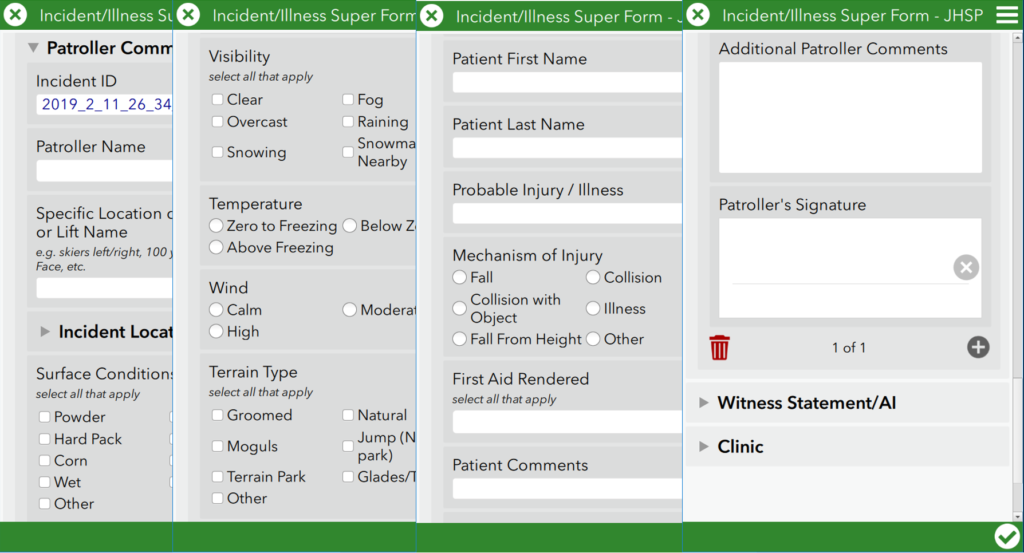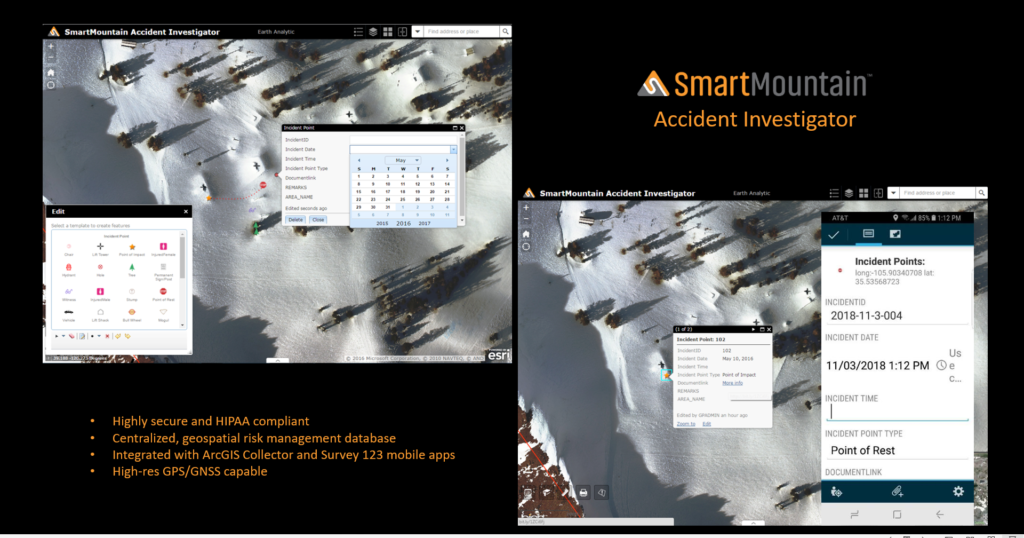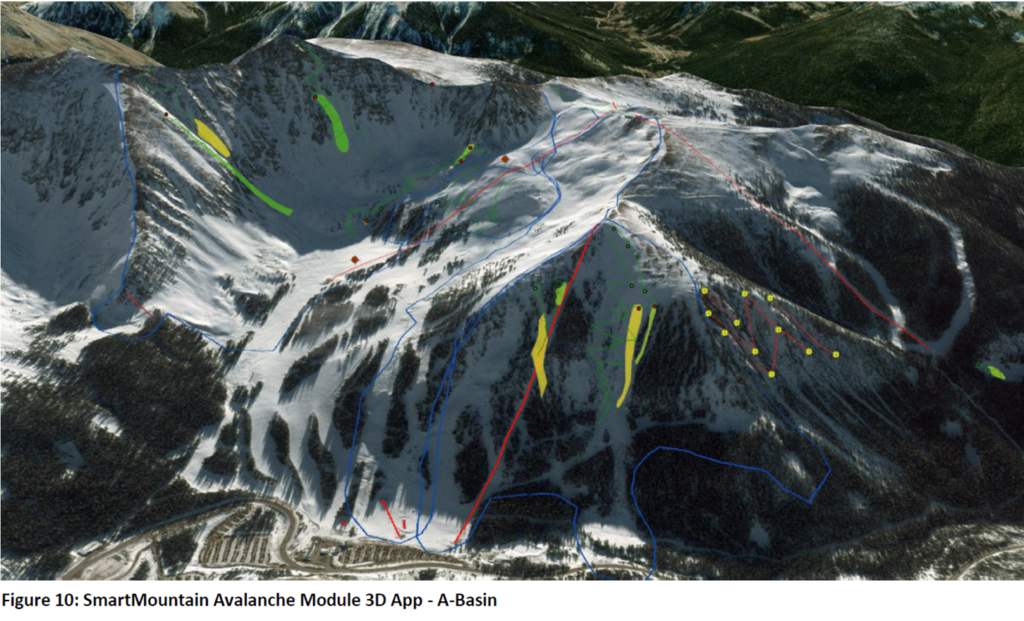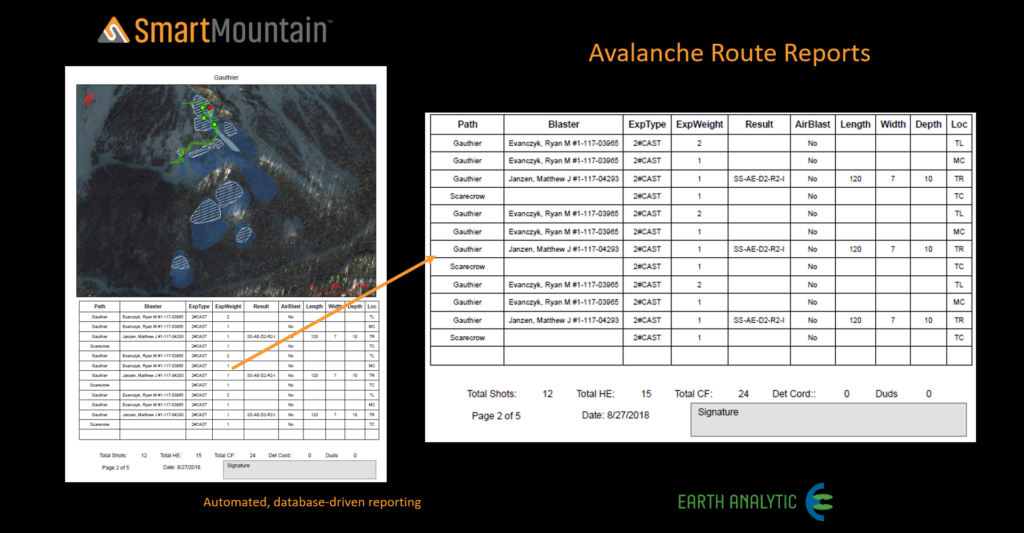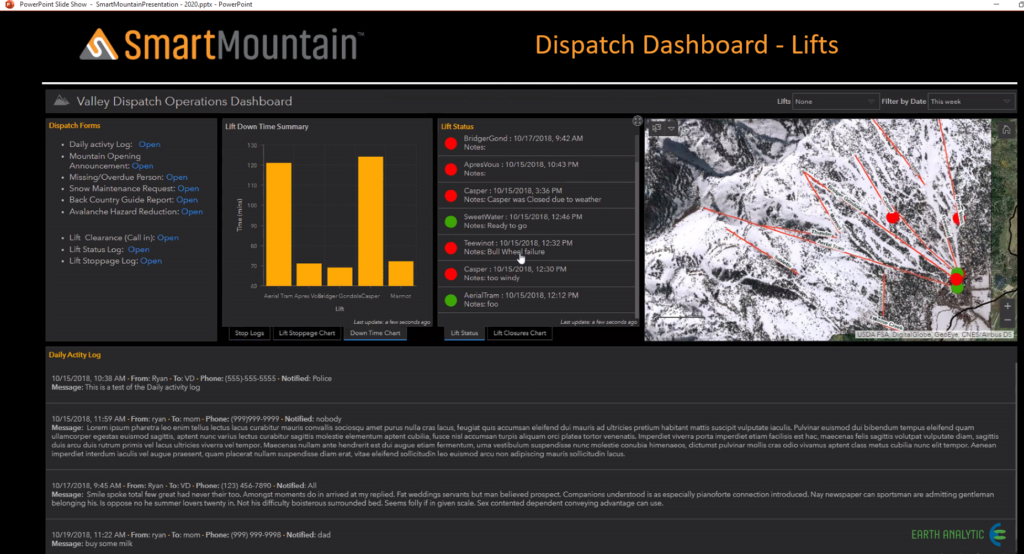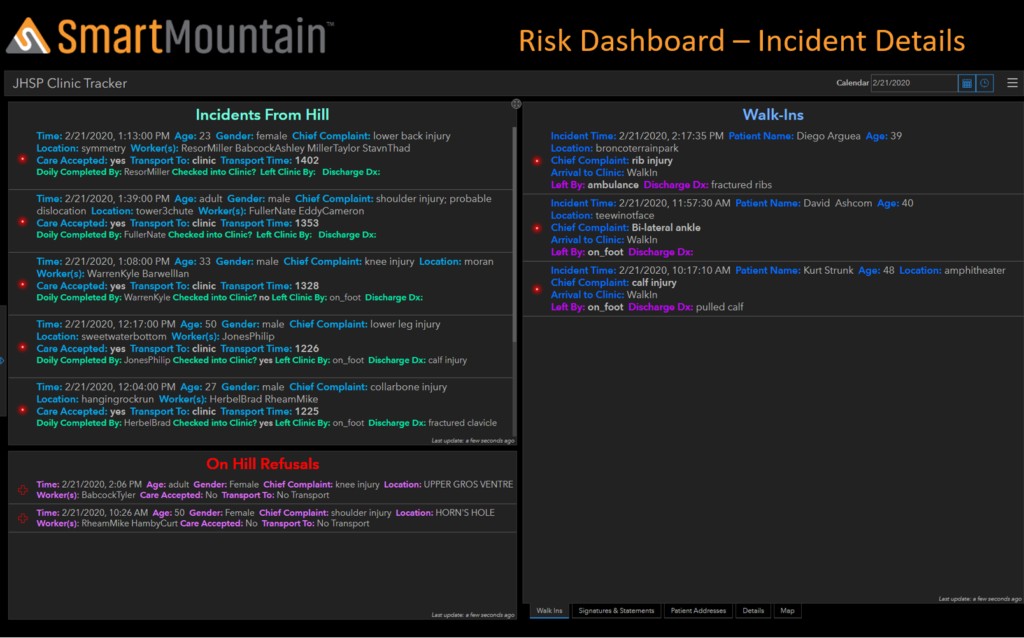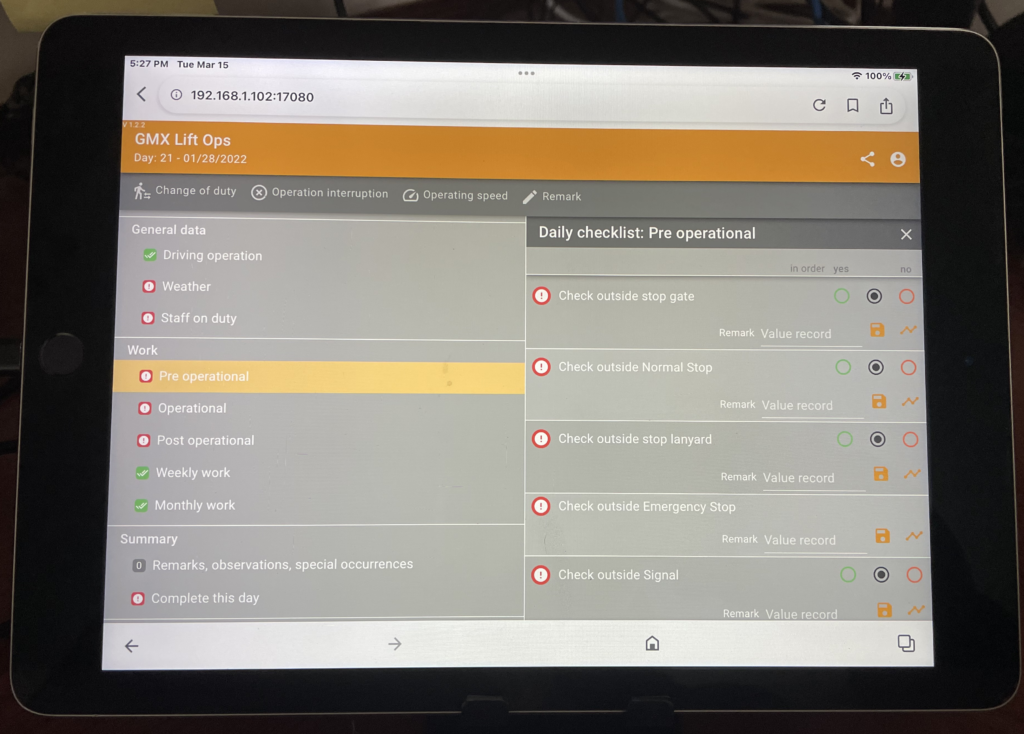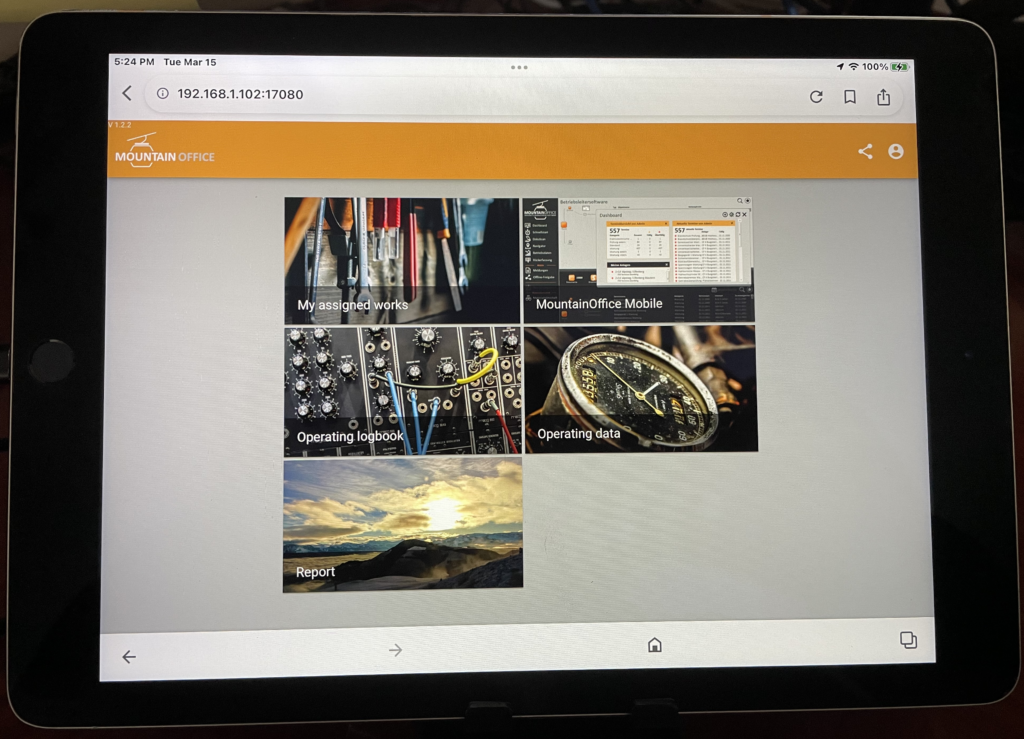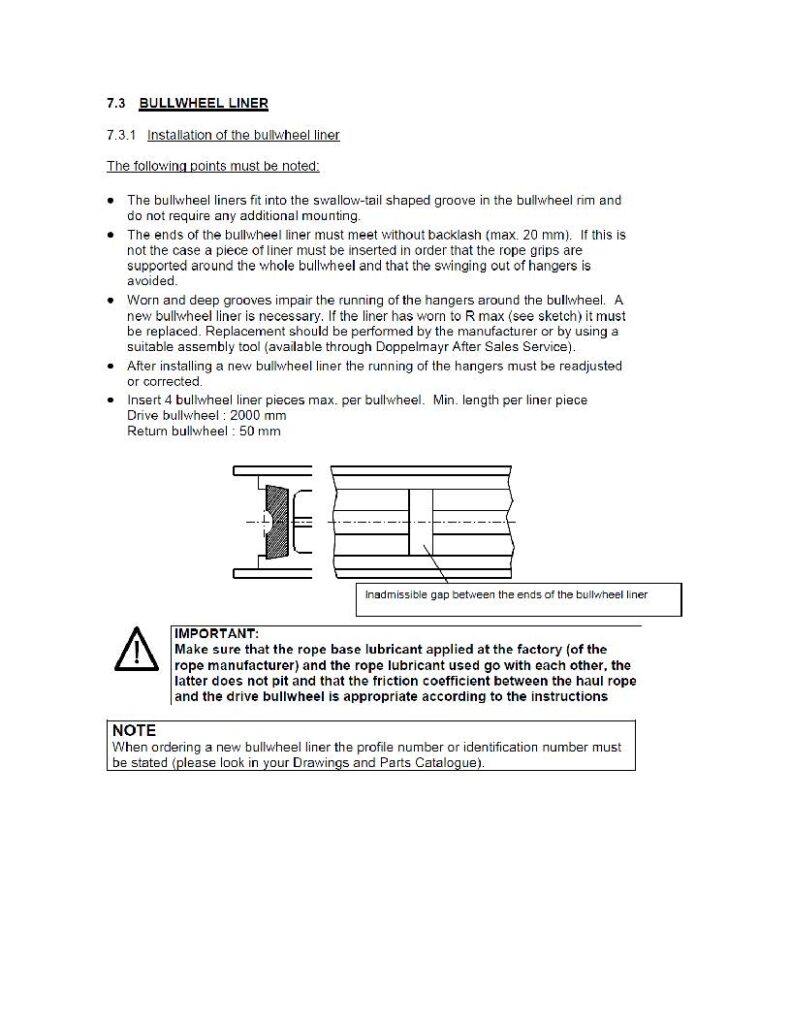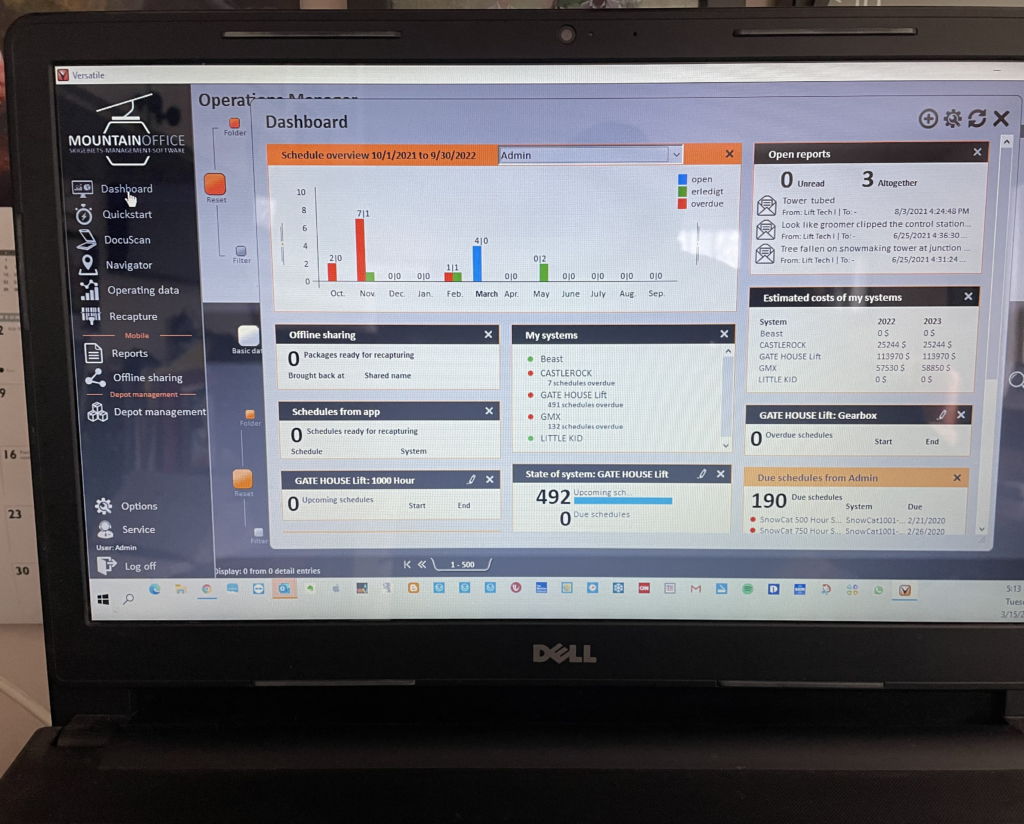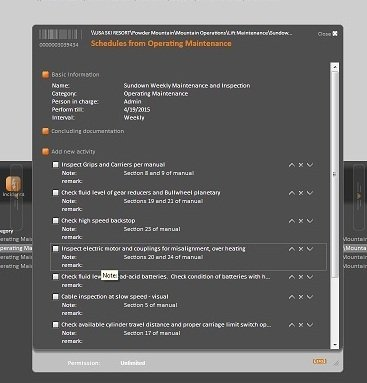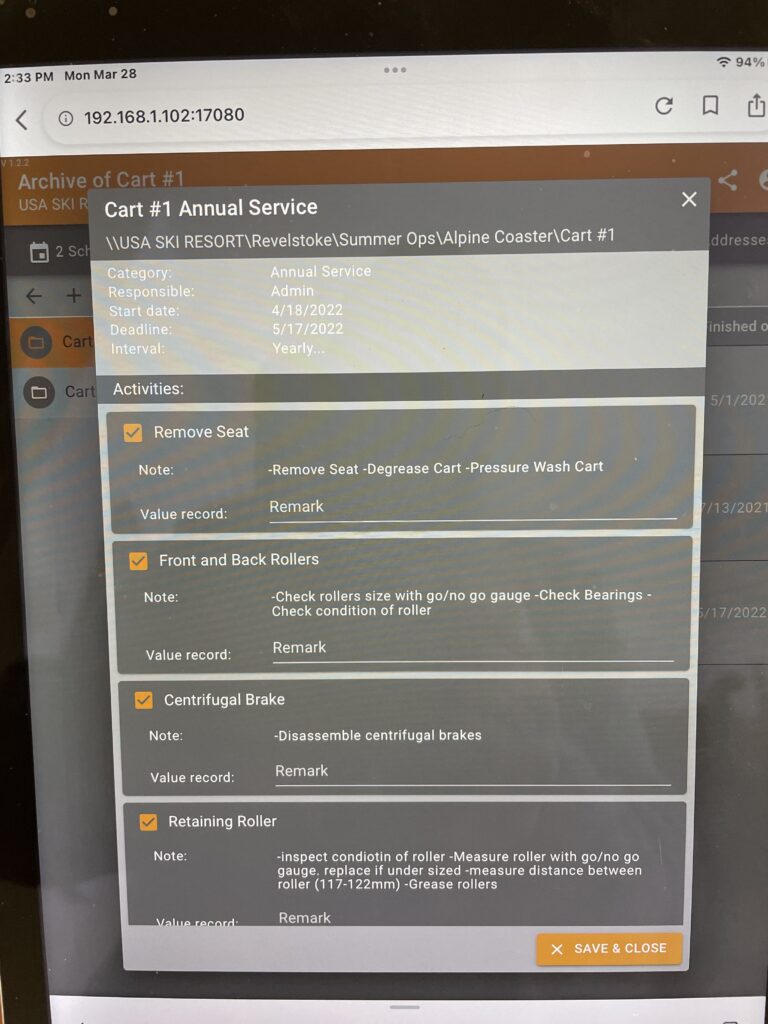Does monitoring vibration make sense for your ski area?
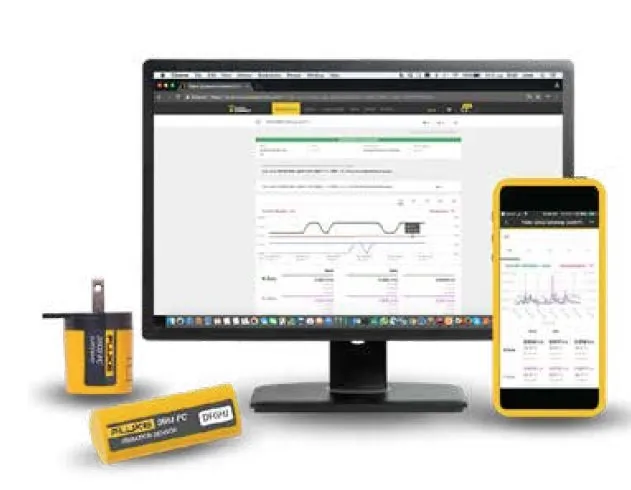
After reading Neville Sachs, PE article Wear, Why and How in the September issue of SAM magazine, reading another article from Reliability.com, and seeing a blog on vibration sensors, I began to think about how much exposure there is to the effects of vibration within a ski lift and how little discussion there is about those effects. Neville mentions it as well as the Reliability.com article. Given my relationship with ski lifts via representing MountainOffice and managing ski areas, I thought that given today’s technology, is there a way to mitigate the effects that vibration can cause easily? In addition, my thinking is that if there is a way to mitigate these effects would it reduce the workload and skill needs of lift maintenance departments?
After some internet exploration on this subject, I concluded that some form of monitoring vibration on ski lifts could be a useful source of data. To evaluate my hypothesis, I reached out to someone I highly respect in the ski lift maintenance world and discussed the possibility. Although I caught him at a tough time, he was dealing with the impacts of a loss of skill over the past couple of years, he said yes to my general thinking. Under this person’s leadership the ski resort’s lift maintenance department had implemented the use of Ignition, a Scada, program, to read sensors on pieces of equipment on a lift such as temperature, speed, and other valued data points. The installation of Ignition has allowed the monitoring of most of the ski resorts lifts from the lift maintenance supervisor’s desk. Issues and stops can be diagnosed to some extent from the monitoring before the technicians are dispatched. With this background, I knew given this history there would be a good background to objectively consider the monitoring of vibration.
The question in the discussion, was where would you monitor vibration on a daily basis? In referring to Neville Sach’s article, we know bearings suffer from vibration when out of alignment. Would it make sense to measure sheave vibration, setting a baseline with the sheave in alignment? Probably not. But it would make sense to measure the vibration on a gearbox, a motor and the bullwheels.
Fluke offers the most reasonable package to fit the task of monitoring vibration. It has a package of four sensors, a gateway and 1 year of software usage for about $1,900. The only recurring cost would be the software license after the first year. Given this low entry cost, a ski area could implement a trial on a single lift without breaking the bank.
I realize this may seem a bit out the box; however, it is Steep’s mission to look for better ways to improve the productivity and work environment for mountain operations folks and given today’s shortage of staff and skill, it seems utilizing this technology should be explored.
